

— Blogs —
—Products—
 Consumer hotline +8618073152920
Consumer hotline +8618073152920 WhatsApp:+8615367865107
Address:Room 102, District D, Houhu Industrial Park, Yuelu District, Changsha City, Hunan Province, China
Product knowledge
Time:2024-10-03 16:55:40 Popularity:330
A dust monitoring system is a device or system designed to monitor the concentration of dust in the environment. The following is a detailed introduction to the dust monitoring system:
A dust monitoring system is a comprehensive environmental monitoring device designed to monitor the concentration of dust particles in the air in real time. Such systems are essential for protecting the environment, ensuring worker health, and complying with environmental regulations. They are widely used in industrial production, urban air quality monitoring, dust storm warning, and dust management in specific environments such as industrial and mining enterprises, construction sites, and chemical plants.
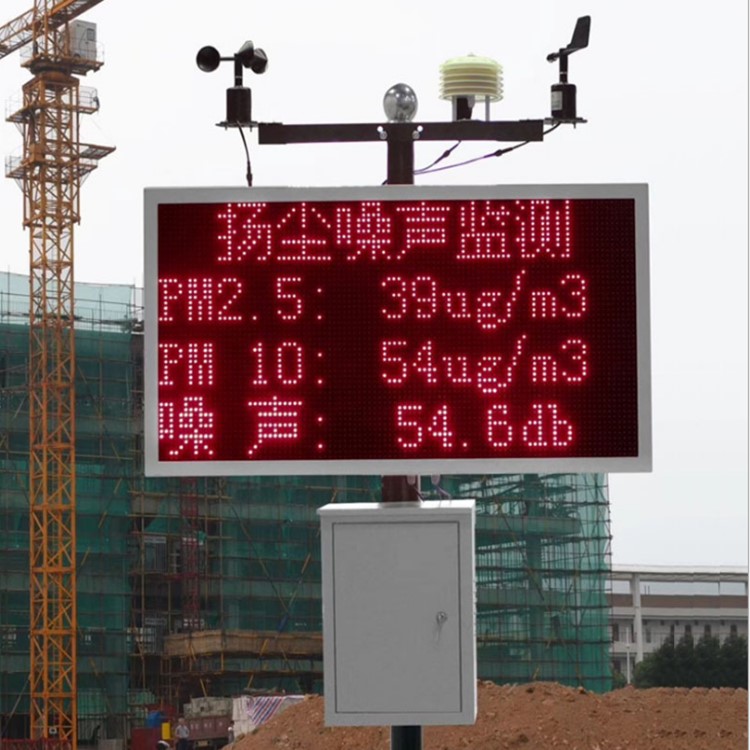
- Dust Sensors:These sensors use techniques such as beta attenuation, light scattering, or filter-based methods to detect and quantify levels of PM2.5, PM10, and sometimes larger particles.
- Weather Sensors:Measure wind speed, direction, temperature, humidity and sometimes pressure to understand how weather conditions affect dust dispersion.
- Data Logger: Records and stores sensor data for later analysis.
- Communication Module:Transmits data in real time to a remote server or local control center via cellular network, Wi-Fi or satellite.
- Display and control unit:Provide human-computer interaction interface for real-time display of monitoring data, system status and alarm information.
-Remote monitoring platform:Cloud or local based software interface to receive, process and display data in a user-friendly way.
-Data analysis tools: allow users to analyze trends, set up exception alerts and generate reports.
- Alert system:Notifies stakeholders when dust levels exceed regulatory limits or predefined thresholds.
The working principle of dust monitoring system is mainly based on the following technologies:
1. Light Absorption Principle: By measuring the change in illumination when a light beam passes through a dusty gas, the dust concentration is calculated using the linear relationship between the output current of the silicon cell and the amount of dust.
2. Light scattering principle: the laser diode is used to release laser light to irradiate the aerosol to be measured, and the intensity of the scattered light is measured to calculate the dust concentration.
3. β-ray principle: the radioactive source inside the system generates β-rays, the dust ions absorb the rays, and the dust concentration is calculated according to the linear relationship between the amount of absorbed β-rays and the dust mass.
4. AC electrostatic induction principle: By monitoring the dynamic charge induction signal generated when the dust particles flow through the probe, the dust concentration is determined by the size of the immediate disturbance.
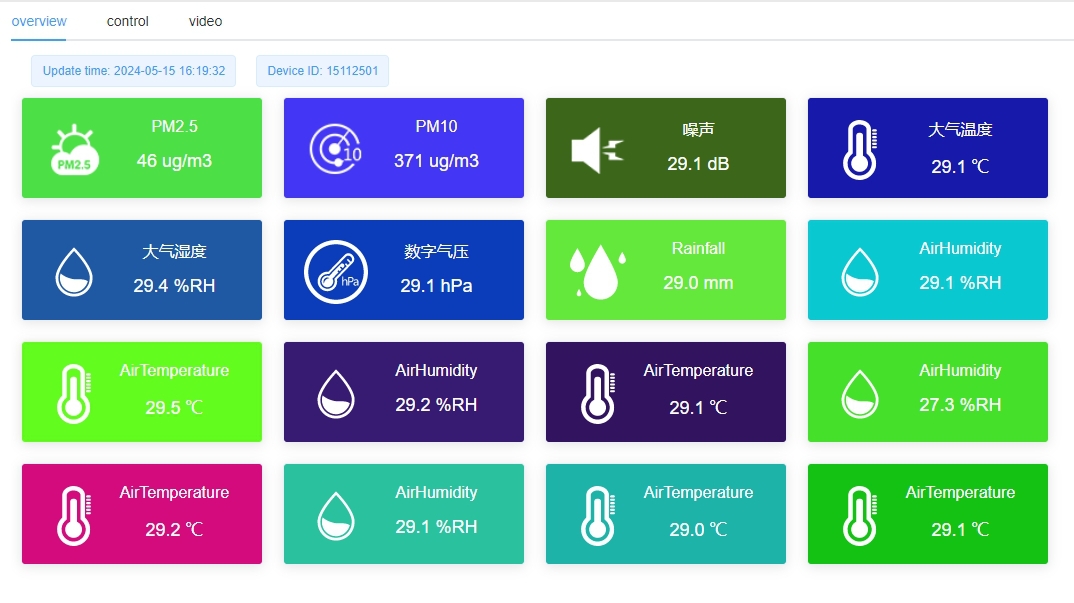
1. Real-time monitoring: continuously monitor the dust concentration in the air and provide real-time data.
2. Data logging: Record the historical data of dust concentration for subsequent analysis and reporting.
3. Alarm notification: notify relevant personnel through sound, light or network when dust concentration exceeds the safe limit.
4. Data Analysis: Analyze collected data to assess air quality conditions and trends.
5. Remote monitoring: Transmit data to remote monitoring center via wireless or wired network for remote monitoring and management.
6. Compliance checking: Helps companies and organizations to comply with air quality requirements in environmental protection and safety regulations.
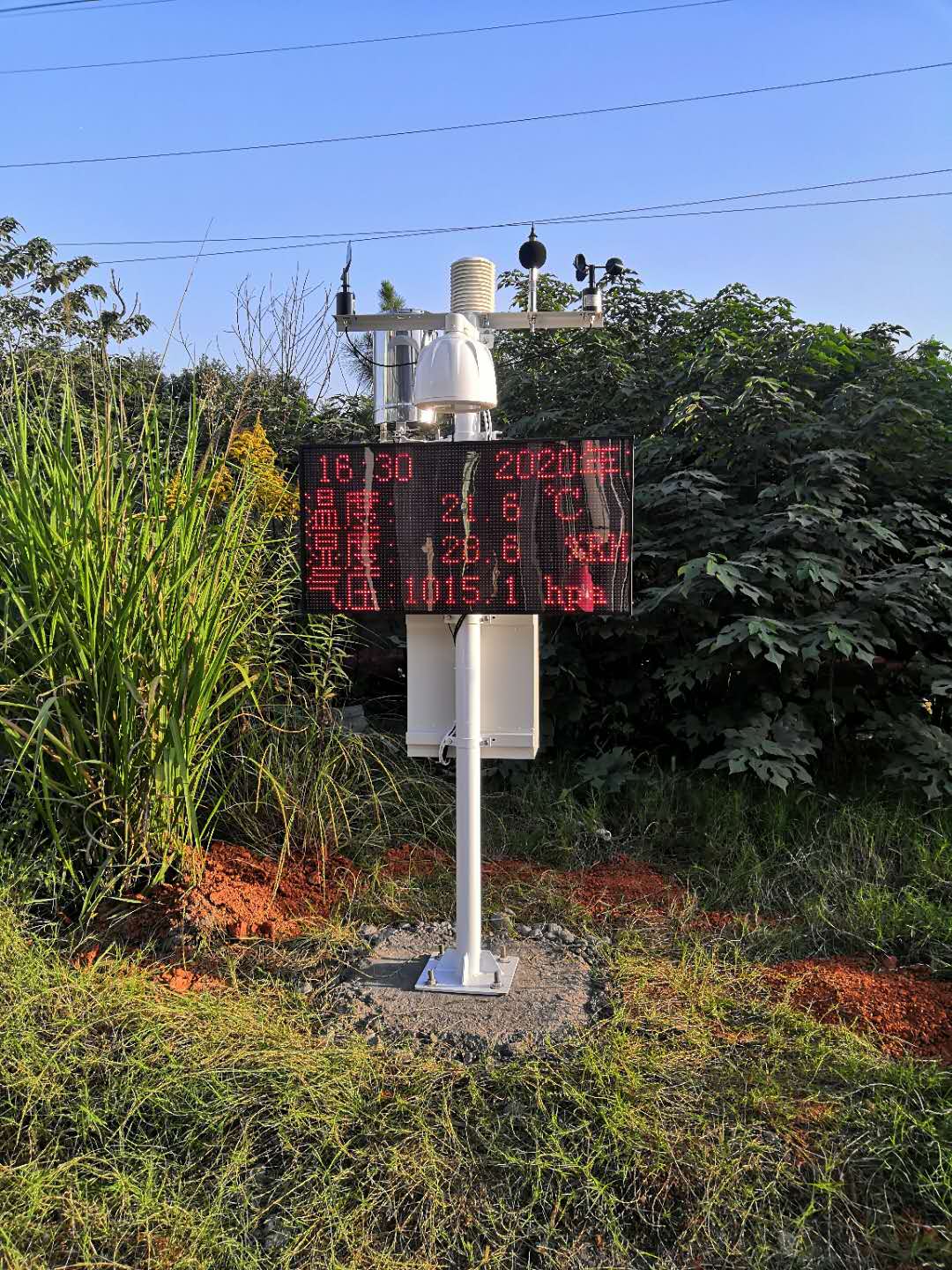
1. Real-time monitoring: Dust monitoring systems can obtain real-time data on dust concentrations in the environment to ensure the accuracy and timeliness of the data. This is of great significance for taking timely protective measures and safeguarding personnel health and safety.
2. High-precision measurement: using advanced analytical instruments and sensors, the dust monitoring system can realize precise measurement of dust concentration and provide accurate monitoring results.
3. Automated alarm: When the dust concentration exceeds the preset threshold, the system can automatically send out an early warning signal to remind the staff to take timely measures to reduce dust and prevent the occurrence of safety hazards.
4. Data storage and analysis: The monitoring system can store and analyze the measured dust concentration data to provide data support for environmental assessment and subsequent research. This helps enterprises to grasp the dust pollution situation and provide a basis for the formulation of environmental protection policies.
5. Remote monitoring: Through computer or cell phone APP, users can remotely monitor the site situation, and grasp the dust concentration information anytime and anywhere to improve management efficiency.
6. Wide applicability: the dust monitoring system is applicable to many fields, such as industrial production, construction sites, environmental protection monitoring, etc., and has a wide range of application prospects.
1. High equipment investment and maintenance costs: dust monitoring system requires high equipment investment and maintenance costs, for some small enterprises or limited economic conditions of the region, it may be difficult to bear such costs.
2. High professional and technical requirements: the installation, commissioning and maintenance of the system requires professional and technical personnel to operate. Improper operation or untimely maintenance may affect the normal operation and monitoring effect of the system.
3. Limitations of monitoring points: The monitoring points of the existing monitoring equipment for coal mines and other industrial environments are generally only set in key areas such as discrete points, and it may not be possible to realize the full coverage of the underground or working areas, resulting in certain limitations of the monitoring results.
4. Risk of system failure: Any equipment has the possibility of failure, and dust monitoring systems are no exception. If the system malfunctions or sensors fail, it may affect the accuracy and reliability of the monitoring data, and even lead to the suspension of coal mine production or reduce production efficiency.
Dust monitoring system is widely used in many fields, including but not limited to:
1. Environmental protection monitoring: analyzing and investigating the concentration of air pollutants such as atmospheric airborne dust, PM10, PM2.5, TSP and so on.
2. Industrial production: monitoring the dust concentration in the production environment such as coal mine factories, industrial production workshops, and dust concentration at the location of exhaust ports.
3. Construction sites: Dust concentration monitoring and exposure dust measurement to ensure the safety of the construction environment.
4. Public Health: Real-time monitoring of PM concentrations in public environments by prevention and control centers and health surveillance institutes.
5. Scientific research institutions: play a good dust analysis effect in scientific research institutions, colleges and universities, meteorology, public health, industrial labor health engineering, air pollution research and other fields.
6. Roads and transportation: monitor the dust generated by road construction and transportation.
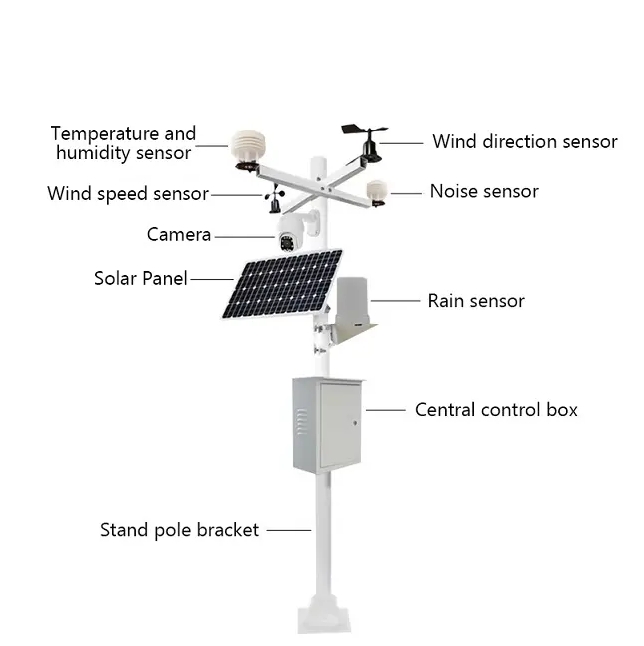
Choosing the right dust monitoring system is the key to ensure effective monitoring and management of suspended dust in the air. The following are some of the factors that should be considered when selecting a dust monitoring system:
- Environmental monitoring: If the purpose is to monitor air quality in a public area, a system that meets the standards of the Environmental Protection Department may be required.
- Occupational health: In industrial environments, the monitoring system needs to comply with occupational health and safety standards.
2. Types of dust to be monitored
- Total Suspended Particulate Matter (TSP): monitor all particles suspended in the air.
- Respirable particulate matter (PM10, PM2.5): monitoring particles with a diameter of less than 10 microns or 2.5 microns.
3. Concentration range and resolution
- Select a system that can cover the concentration range to be monitored and has sufficient resolution to provide accurate data.
4. Accuracy and reliability
- Ensure that the system has high accuracy and good reliability, which can be assessed by looking at product specifications and third-party certifications.
5. Sensor type
- Light Scattering Sensor: Suitable for low concentration dust monitoring and simple maintenance.
- Beta-ray sensor: Suitable for high accuracy monitoring, but more costly.
- Gravimetric sensor: Highly accurate, but requires periodic calibration and filter membrane replacement.
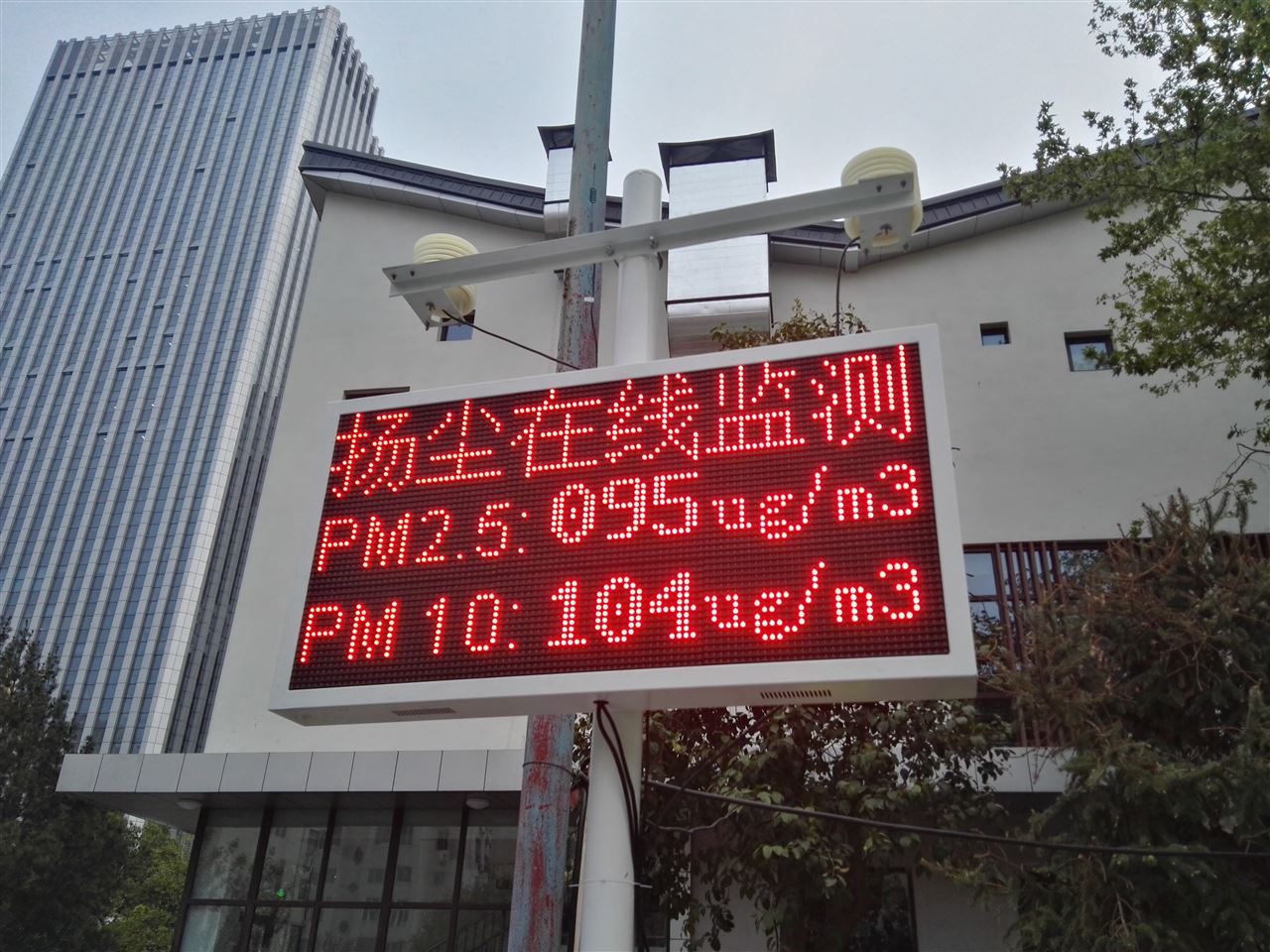
6. Data recording and transmission
- Ensure the system can automatically record data and provide remote data transmission function for real-time monitoring and analysis.
7. Installation and maintenance
- Choose a system that is easy to install and maintain to reduce long-term operating costs.
8. Alarm system
- The system should be equipped with the function of issuing an alarm when the dust concentration exceeds the set threshold.
9. Protection rating and environmental suitability
- Ensure that the system meets the protection level requirements of the environment in which it is located, e.g. dustproof, waterproof, etc.
10. Budget
- Select a cost-effective system according to the budget, and consider the long-term operating costs.
11. After-sales service and technical support
- Select brands and suppliers that provide good after-sales service and technical support.
12. Regulations and standards
- Ensure that the selected system complies with local laws and regulations and industry standards.
13. User evaluation and case studies
- Refer to other users' evaluations and cases to understand the actual performance of the system and user satisfaction.
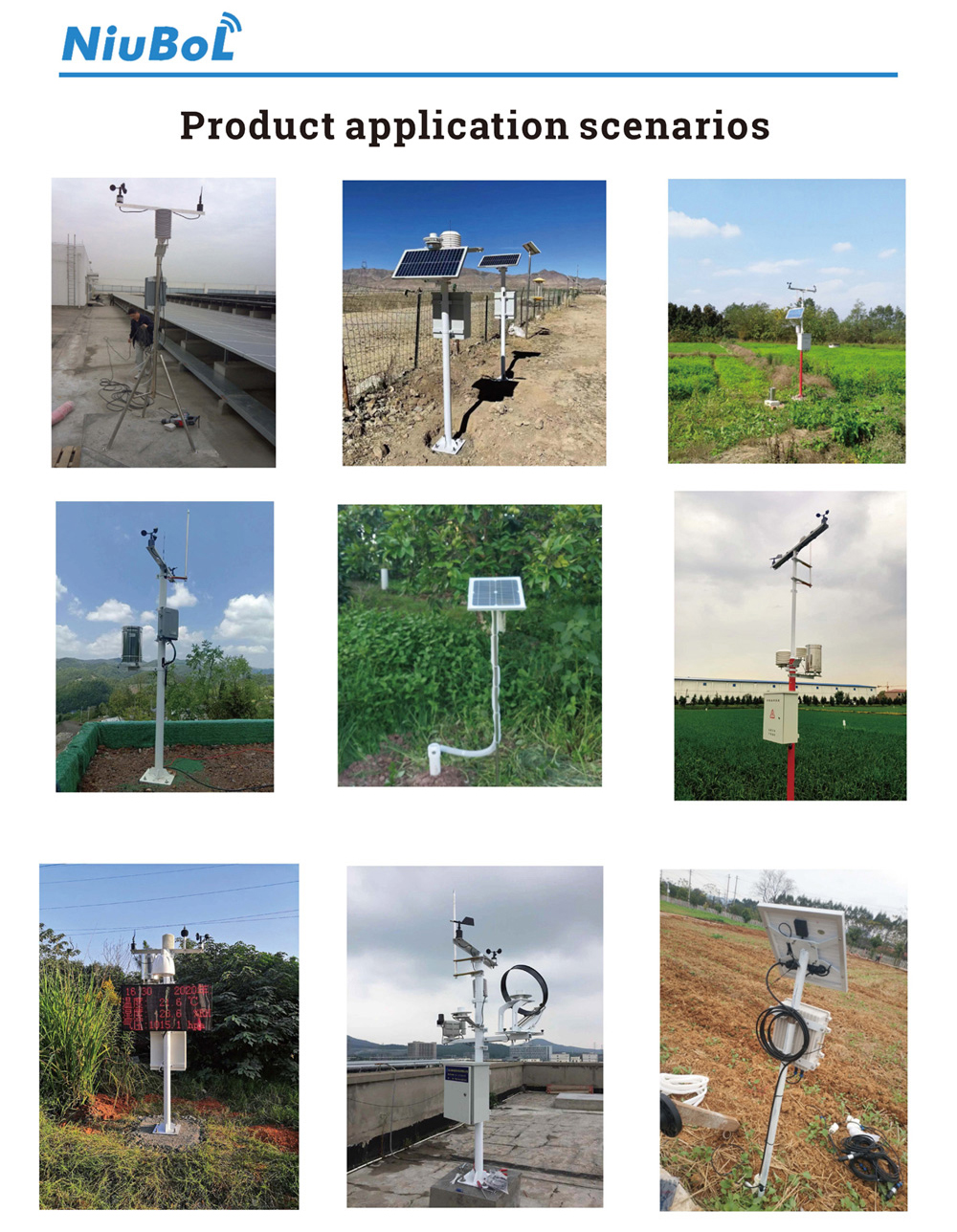
By comprehensively considering the above factors, you can select the dust monitoring system that best suits your needs. It is recommended to conduct sufficient market research, compare different brands and models, and conduct on-site testing or view product demonstrations as much as possible before purchase.
In summary, a dust monitoring system is a technical device used to monitor and measure the concentration of suspended dust in the air. It is widely used in industry, environmental protection, and health and safety to ensure that the air quality of work environments and public areas complies with relevant standards and regulations. The dust monitoring system is a modern environmental management technology that meets the requirements of national policies, adapts to market demands and has obvious advantages, and plays a vital role in environmental protection and public health.
Related recommendations
Sensors & Weather Stations Catalog
Agriculture Sensors and Weather Stations Catalog-NiuBoL.pdf
Weather Stations Catalog-NiuBoL.pdf
Related products
 Combined air temperature and relative humidity sensor
Combined air temperature and relative humidity sensor Soil Moisture Temperature sensor for irrigation
Soil Moisture Temperature sensor for irrigation Soil pH sensor RS485 soil Testing instrument soil ph meter for agriculture
Soil pH sensor RS485 soil Testing instrument soil ph meter for agriculture Wind Speed sensor Output Modbus/RS485/Analog/0-5V/4-20mA
Wind Speed sensor Output Modbus/RS485/Analog/0-5V/4-20mA Tipping bucket rain gauge for weather monitoring auto rainfall sensor RS485/Outdoor/stainless steel
Tipping bucket rain gauge for weather monitoring auto rainfall sensor RS485/Outdoor/stainless steel Pyranometer Solar Radiation Sensor 4-20mA/RS485
Pyranometer Solar Radiation Sensor 4-20mA/RS485
Screenshot, WhatsApp to identify the QR code
WhatsApp number:+8615367865107
(Click on WhatsApp to copy and add friends)